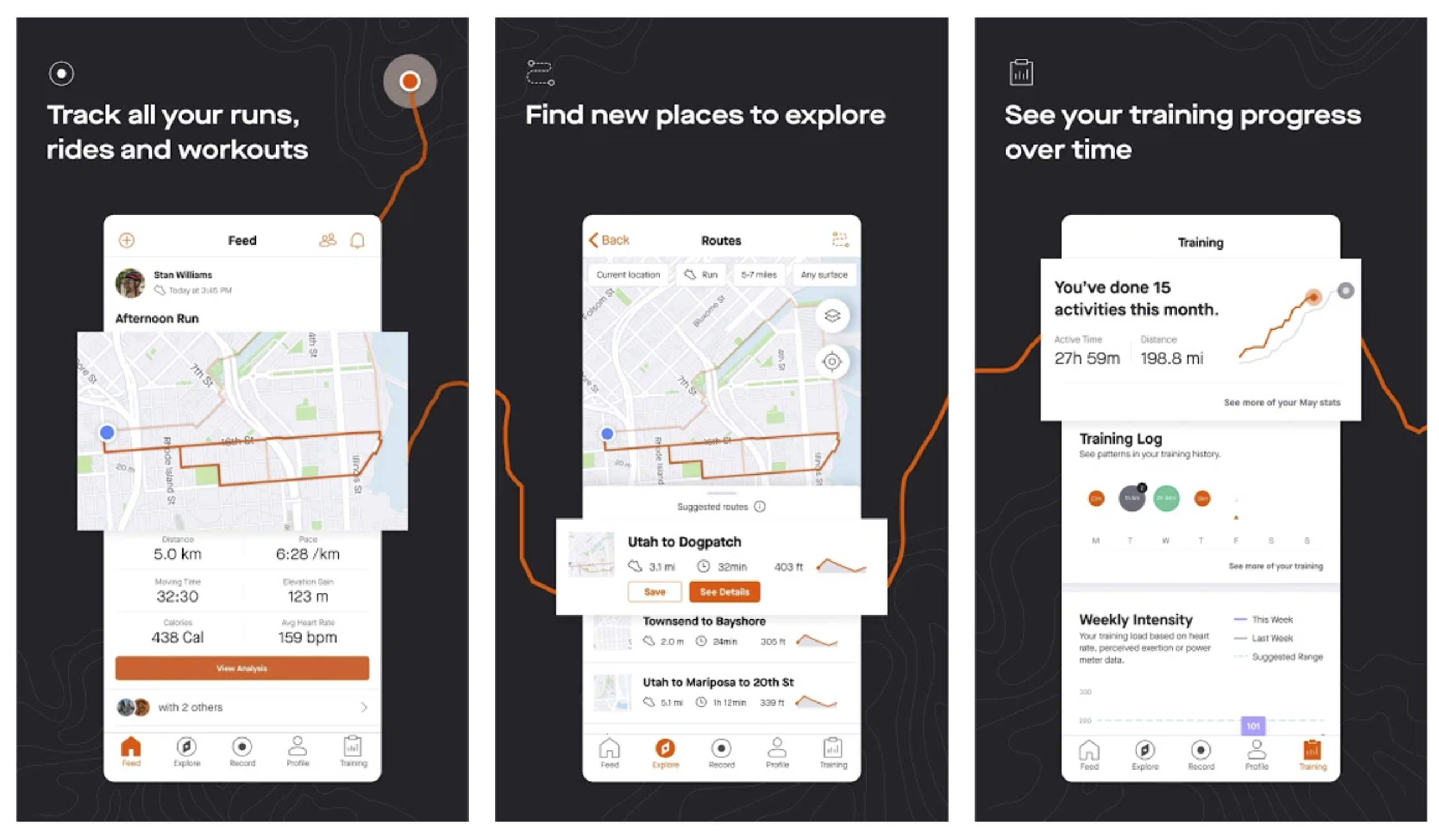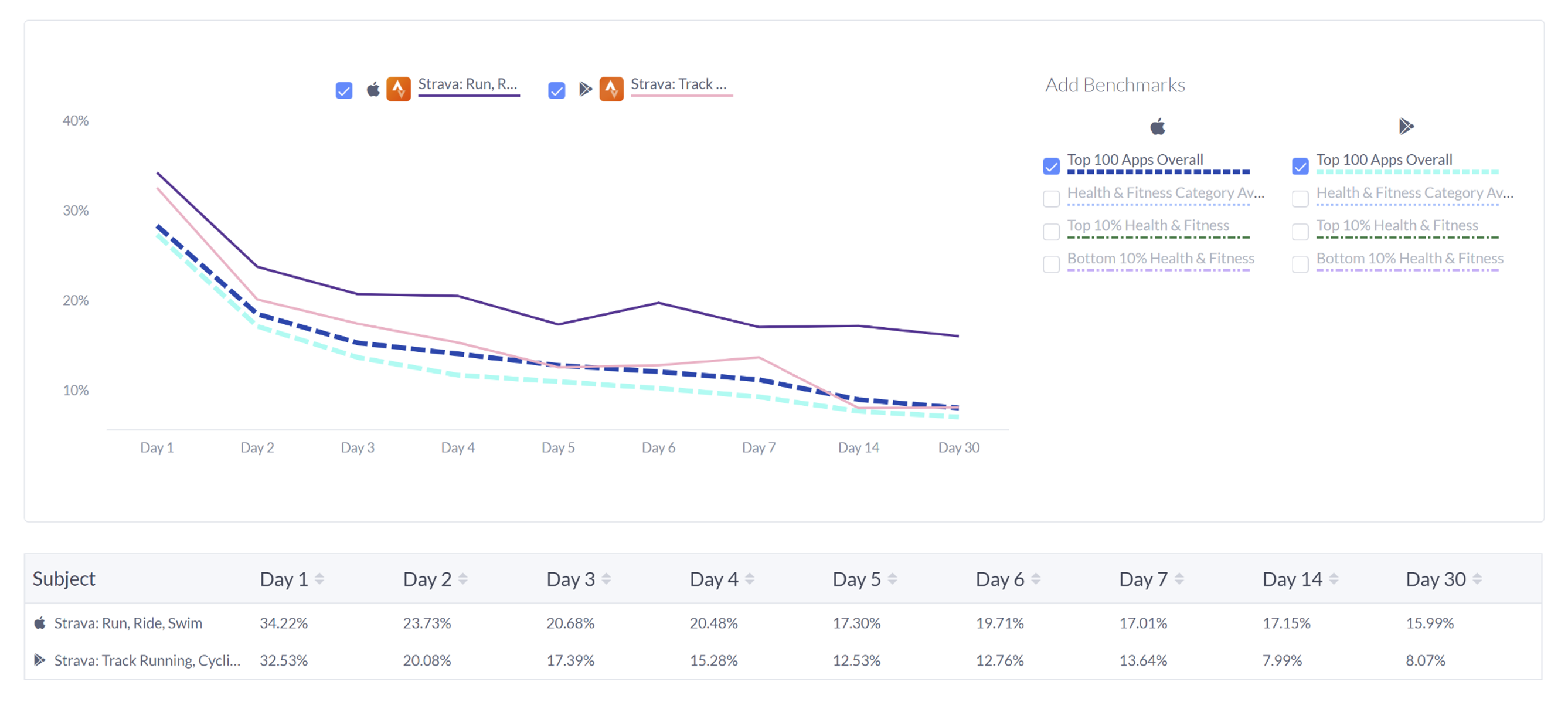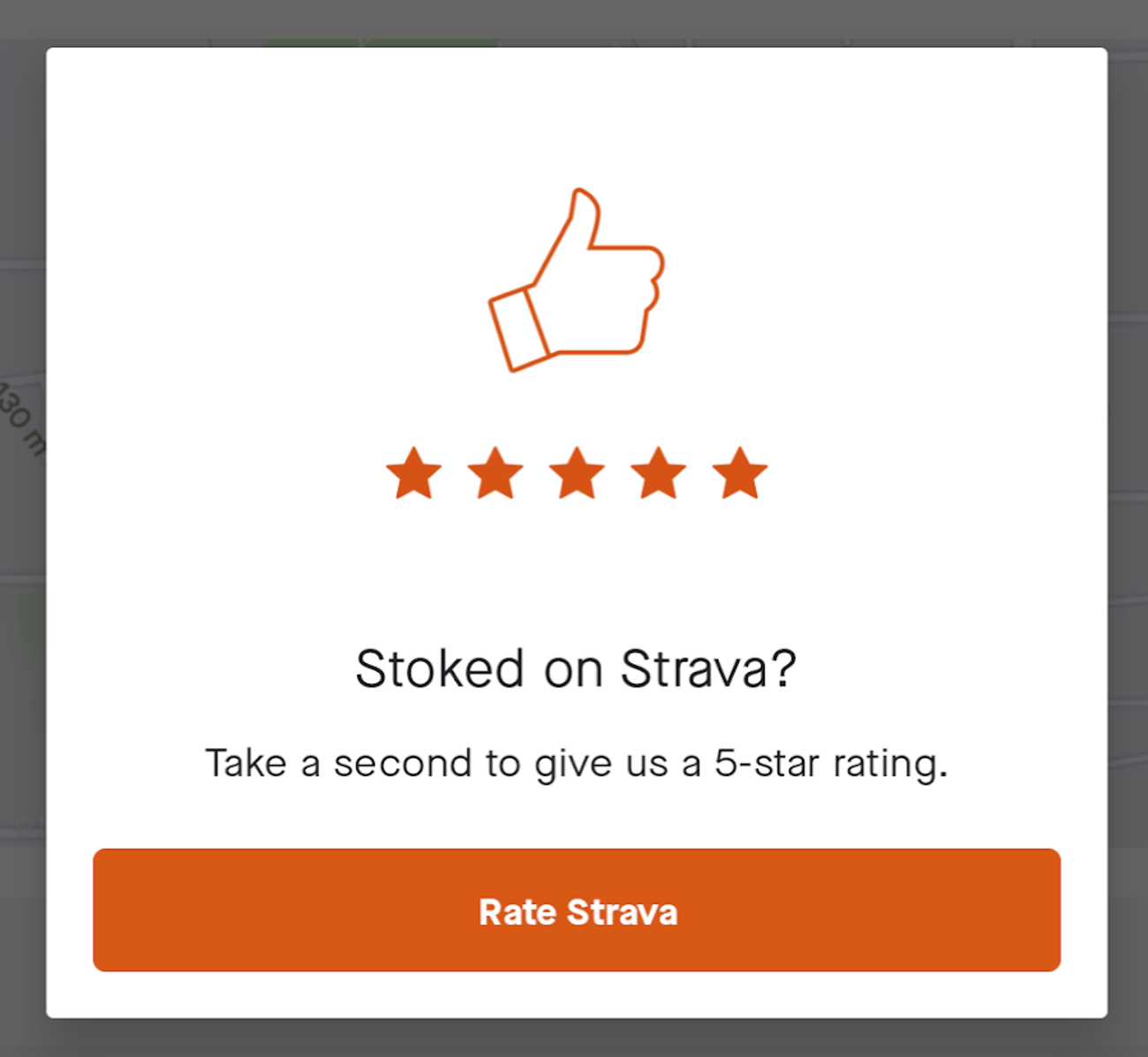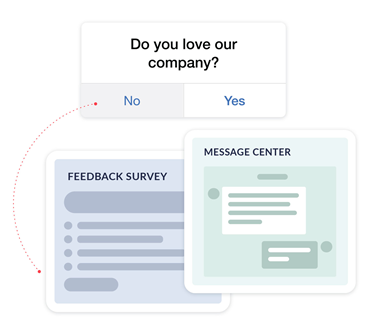On the last Tuesday of every month, our team gives some tough love to our favorite apps. That’s right, we’ll be going through some of our most beloved mobile apps and discussing what they’ve done well and what could be improved – all done with love! This week, we’re talking about Strava and how they’re missing an opportunity to drive mobile app retention from analyzing and acting on product feedback.
Strava is well-known for being one of the fastest-growing and most popular fitness apps on the market. Primarily used for runners and cyclists, it boasts a variety of features for all activities, skill levels, physical abilities, and interests. The social aspect of the app is what makes it stand out from the market as it has created a large network of active enthusiasts who love to cheer each other on and as well as compete against one another.

In March of 2021, Strava saw a huge spike in downloads largely due to their launch of monthly stats visualizations. Taking a queue from Spotify’s ever-popular annual recap and the success of their Year in Stats campaign, they launched a brand-new way to quickly visualize and share fitness progress and stats on a monthly basis. The company offered this feature to subscribers only which is a terrific incentive for non-subscribers to move on over to paid. As you can see, their downloads and DAU both spiked during this time.
However, within a matter of weeks, both downloads and DAU crashed once again.

While the sudden spike in downloads correlates with the release of the campaign and is natural for any new promotion like this, the decrease in DAU does not make as much sense.
As a runner myself, I find this decrease mildly confusing at first blush. One of the brilliant aspects of fitness apps like Strava (and this monthly stat campaign) is that the longer you stay on the app, the more value you get out of it. Tracking progress over time is one of the most interesting features and incentivizes people to not only use the app consistently, but continue to use it over time. And on top of that, the more serious you get about your training, the easier it is for you to invest in a paid subscription. Given this, you would think with this new campaign, more people than ever would be using the app on a regular basis.
So, where’s the gap? Why are so many people not sticking with Strava after initial download?
If you look at our 2021 Annual Benchmark Report, you’ll see that for Fitness apps, the average 90-day retention is 31 percent and annual retention is 19 percent. However, according to Apptiopia, Strava sees a 30-day retention rate of just 16 percent on iOS and eight percent on Android. Strava has significantly lower retention rates than the industry average.

One of the reasons this might be the case is that Strava has yet to utilize the power of in-app mobile product feedback to improve mobile app retention. In the screenshot below, you’ll see a rating prompt that I received after logging a run. While we applaud the simplicity of this prompt, it doesn’t really get much value out of the customer interaction. Personally, I wouldn’t say I’m “stoked” on Strava. I like the app, but I have a lot of feedback about it – particularly how it tracks activities outside of running and cycling and how it operates on Google Wear OS. This prompt puts me between a rock and a hard place because I don’t want to rate it because I wouldn’t rate it 5-stars but I also am now thinking about all of the feedback I have, and the only place they’re encouraging me to give that feedback is through the app store.

In other words, if I was not stoked on Strava, they don’t give me an option to leave feedback and tell them why. And if I was stoked on Strava, they’re just asking for a rating rather than also asking for a review to better understand why I love it. This surface-level engagement can certainly help boost app ratings, but it doesn’t help inform product roadmap or improve the product experience. It also runs the risk of sending people like me who wouldn’t necessarily rate it 5-stars to the app store since it’s the only place I know I can leave feedback. Strava is missing out on golden opportunities to ask customers “why” and truly gain actionable insight that can improve mobile app retention.
So, what can Strava do? Here’s what we’d recommend.
- Give customers options to leave feedback in places other than the app store, especially if they indicate negative sentiment. Quickly respond to at-risk customers by retargeting in-app, or across your external marketing channels by segmenting based on real-time emotions. It’s also important to watch for negative changes in sentiment over time, since this is an important indicator of something broken in your mobile customer experience. Redirect frustrated customers to surveys or a message center to quickly identify issues and follow-up once resolved.

- Prompt the customers who have proven they love your app to leave a review in the app store (rather than everyone). With enriched customer profiles, you can create hyper-personalized communication based on customer or program identifiers, shifts in customer sentiment, or behavior. Ask for mobile app ratings and reviews, and increase engagement from your strongest customers through mobile retargeting.
- Analyze and act on customer feedback. Once you start gathering more useful feedback through the appropriate channels, you can use that to inform your product roadmap. Many customers will give you product feedback directly about the mobile app experience and others might give you more broad brand feedback. Ultimately, if you’re proactively listening to your customers, asking for input, and then incorporating that feedback, you will help drive long-term customer loyalty and mobile app retention.
If you’re a product manager on the Strava team, we’d love to chat with you. Personally, I’m a huge fan of your app and your brand as a whole. You’re doing a fantastic job with customer acquisition and new feature development, but with the recommendations we’ve made above, you can drive long-term customer loyalty and increase customer lifetime value.
And if you’re not part of the Strava team but what we’ve said above resonates with you, feel free to reach out. We’d love to analyze your app like we have with Strava’s here today!

